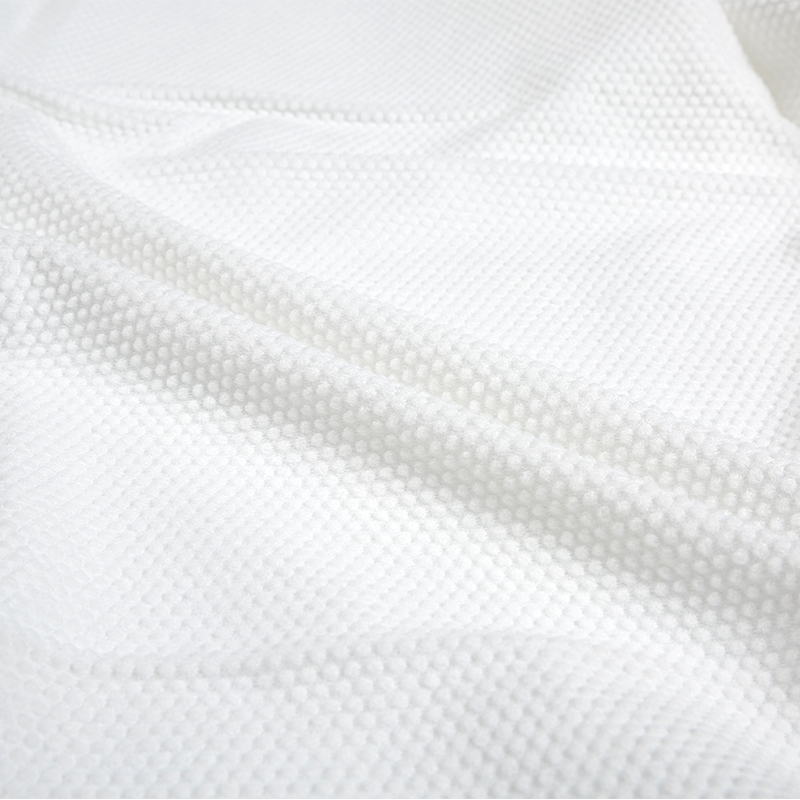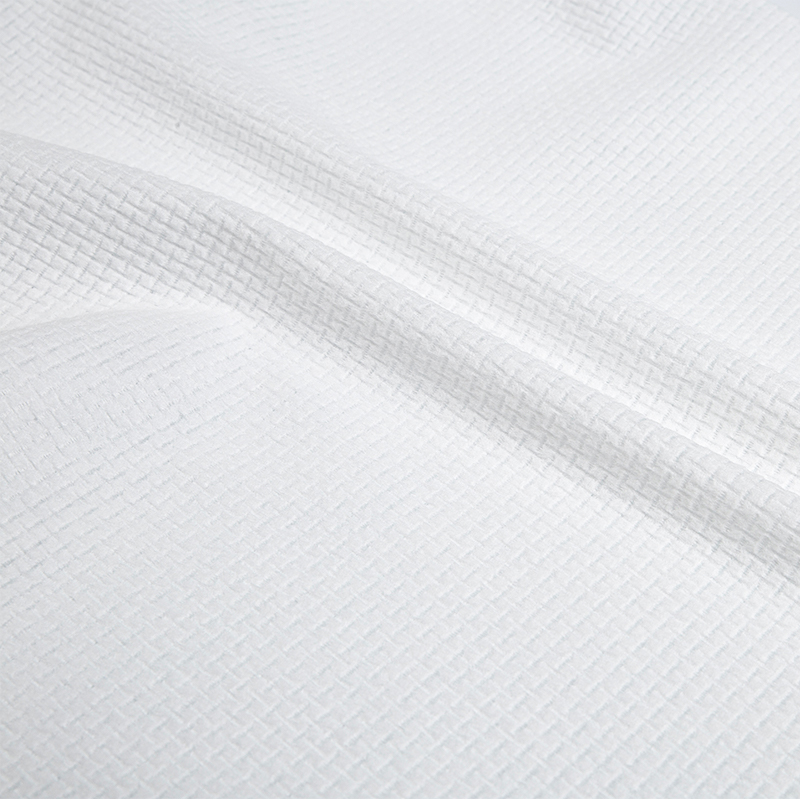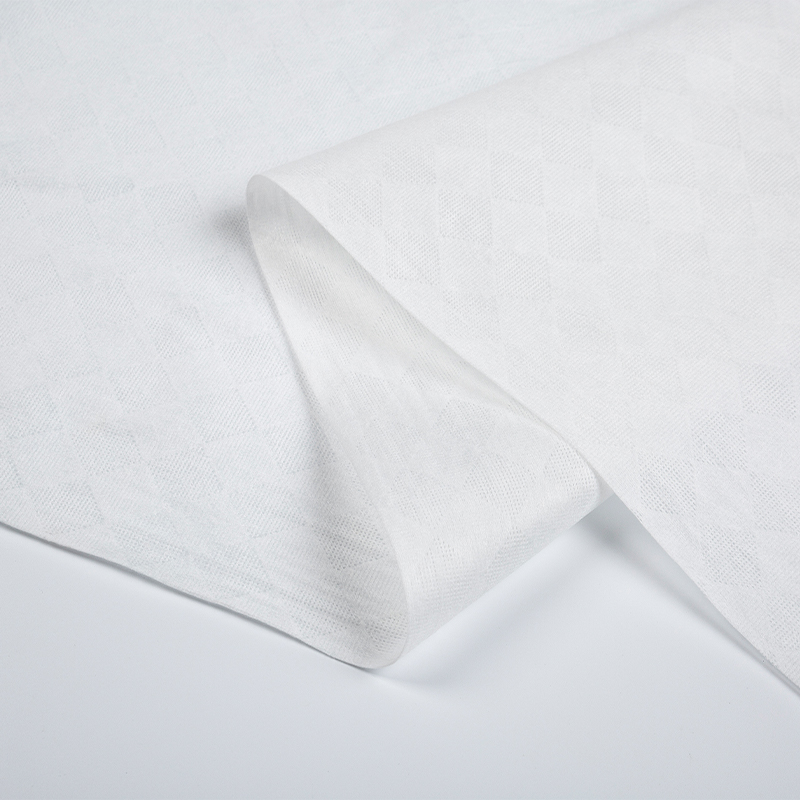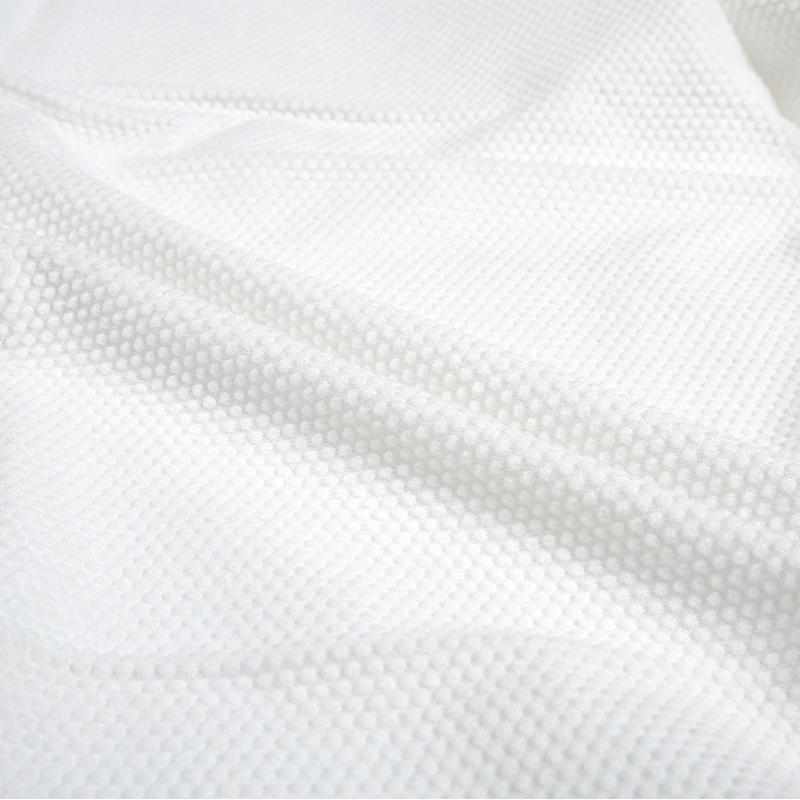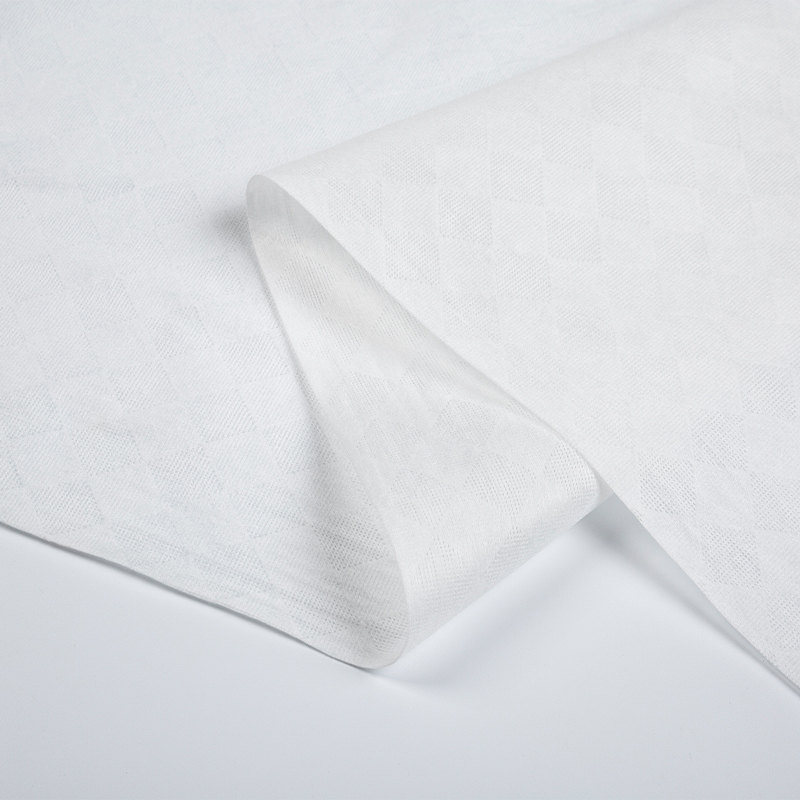Founded in 2022, Hangzhou Shunlong Nonwovens Technology Co., Ltd. is a professional China nonwoven fabric manufacturer and non-woven raw material factory
1. Principle of electrospinning technology
The core principle of electrospinning technology is to use electrostatic force to stretch polymer solution or melt into fibers. When the electric field acts on the polymer solution, the polymer molecules in the solution or melt are stretched to form long and thin fibers. As the voltage continues to increase, the fibers become thinner and thinner, and finally form nano-scale fibers. These nanofibers can form extremely fine pore structures in wet wipe nonwoven fabrics, with larger specific surface area and higher porosity than traditional fibers, thus providing better functional performance.
2. Improving the production efficiency of wet wipe nonwoven fabric
(1) Refined fiber production
Electrospinning technology can accurately control the diameter range of fibers and often achieve the production of nano-scale fibers. This makes the surface structure of wet wipe nonwoven fabrics more uniform and delicate, thereby improving the water absorption and softness of wet wipes during the production process. Compared with traditional spinning technology, electrospinning can produce high-performance nonwoven fabrics using lower raw material amounts, which improves production efficiency and reduces material waste.
(2) High output and automation
Modern electrospinning equipment is usually equipped with an automation system that can achieve continuous production and fully automatic control. These systems can automatically adjust variables such as electric field strength and solution flow rate according to the set parameters, thereby maintaining a stable production rhythm and improving production efficiency. In addition, the multi-nozzle technology of electrospinning enables each device to produce multiple fiber mesh layers at the same time, greatly improving production. In the production of wet wipes and non-woven fabrics, electrospinning technology can significantly shorten the production cycle and further improve production and efficiency.
(3) Low energy consumption and material optimization
Electrospinning has lower energy consumption than traditional textile technology. This is because the main energy consumption of electrospinning comes from the establishment of the electric field and the stretching process of the fiber, without the need for high temperature or high pressure processing conditions. Therefore, the use of electrospinning technology to produce wet wipes and non-woven fabrics can reduce energy consumption, reduce production costs, and thus improve overall production efficiency.
3. Improving the product quality of wet wipes and non-woven fabrics
(1) Excellent water absorption and air permeability
Since electrospinning can generate ultrafine fibers, these fibers have a higher specific surface area and porosity than traditional fibers. Therefore, wet wipes produced by electrospinning usually have better water absorption and air permeability. One of the main functions of wet wipes is to quickly absorb liquids. Electrospinning technology can effectively improve the water absorption capacity of wet wipes, making them more effective in cleaning and care. Higher air permeability ensures the comfort of wet wipes when used, avoiding moisture retention and skin discomfort.
(2) Stronger bacterial filtration ability
The nonwoven fabrics produced by electrospinning technology have extremely fine diameters and can provide more tiny pores, which makes the wet wipes nonwoven fabric perform well in filtration function. Through the fine fiber structure, electrospinning technology can effectively block tiny bacteria, dust and pollutants, significantly improving the bacterial filtration capacity of wet wipes. This feature is particularly important in high-demand products such as medical and baby wipes, which can effectively prevent the spread of bacteria and reduce allergic reactions.
(3) Higher softness and comfort
The fiber structure produced by electrospinning is very uniform, and the surface of the fiber is smooth and soft. Therefore, wet wipes produced by this technology have a more delicate and soft touch. Compared with traditional non-woven fabrics, electrospinning products are less irritating to the skin when used, and are particularly suitable for infants, sensitive skin, and medical occasions. Higher softness can enhance the consumer experience and improve the market competitiveness of the product.
(4) Antibacterial and functional improvement
Electrospinning technology can also produce wet wipes with antibacterial or other special functions by incorporating antibacterial ingredients or drug carriers into the fiber. For example, antibacterial ingredients such as silver ions, copper ions, and zinc ions can be evenly distributed in the fiber through electrospinning technology, thereby enhancing the antibacterial and antiviral effects of wet wipes. These functional wet wipes are widely used in baby care, medical disinfection and other fields. Using electrospinning technology, manufacturers can improve the functionality of wet wipes without sacrificing the comfort of wet wipes.
(5) Higher customization capabilities
Electrospinning technology also provides more possibilities for the customization of wet wipes. By adjusting the fiber arrangement, fiber size, and fiber surface treatment process, manufacturers can customize wet wipes with different properties according to consumer needs. Whether it is adding special moisturizing ingredients or enhancing antibacterial capabilities, electrospinning technology can provide more options for products to meet the needs of different markets.
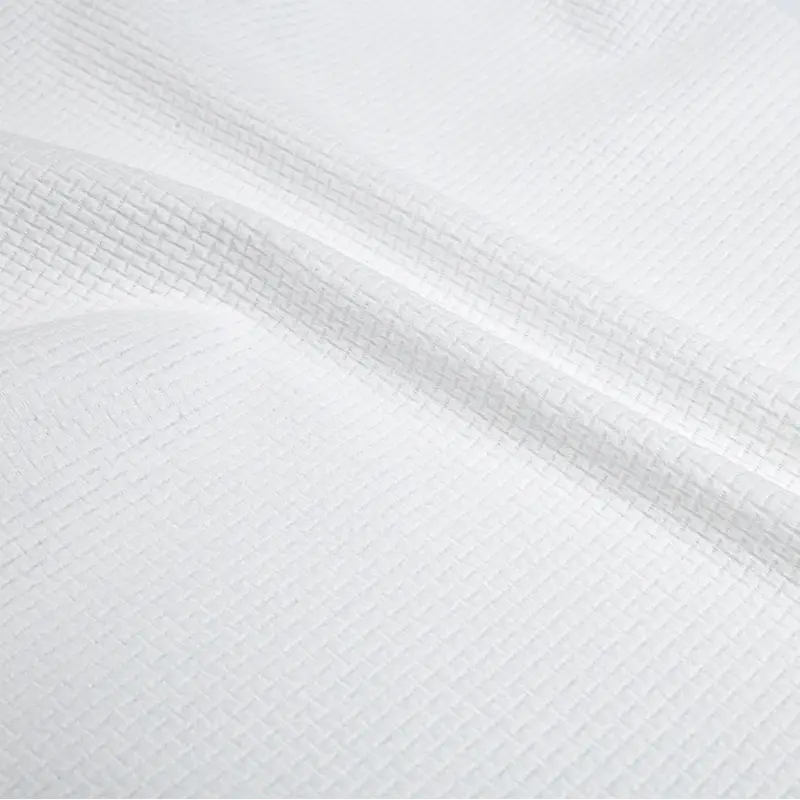

 English
English 日本語
日本語 русский
русский Español
Español